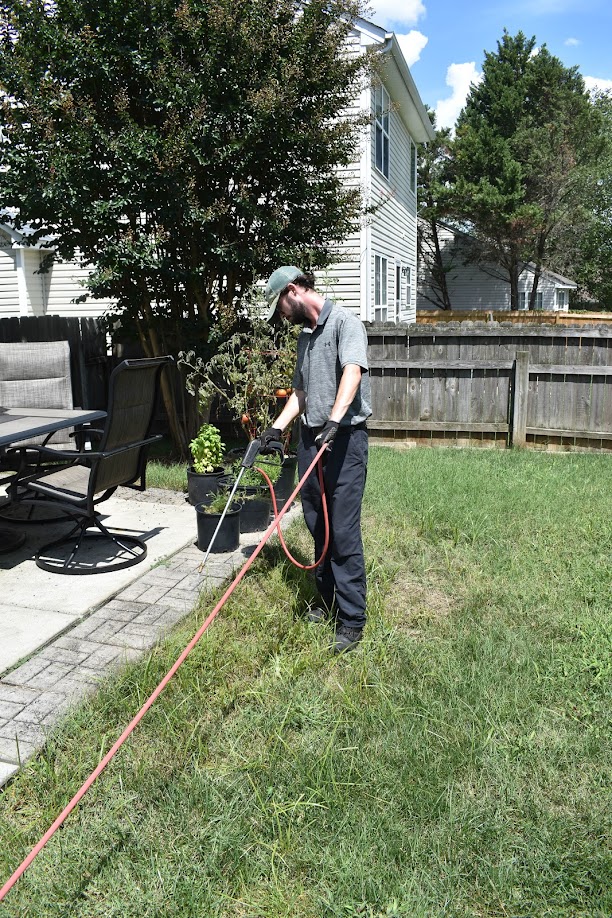• Continually knock down spider webs so they don’t build their home in your house.
Pest Guide
The Ultimate
Guide to Pests
It can make a huge difference in the prevention of household pests if you are familiar with what type of pest to look out for during each time of the year. We have provided a simple yet comprehensive guide to educate you on specific things to look out for during each season, so if you start to notice any unwelcome guests don’t hesitate to give Troff a call!
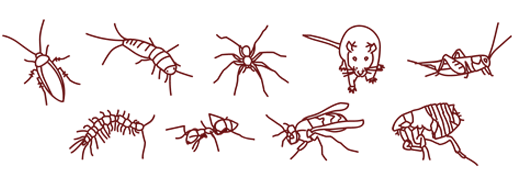
Seasonal Pests
Other Pests
Household Ants
Odorous house ants, prefer sweets during warm season. Colonies may contain up to 100,000 ants with many queens.
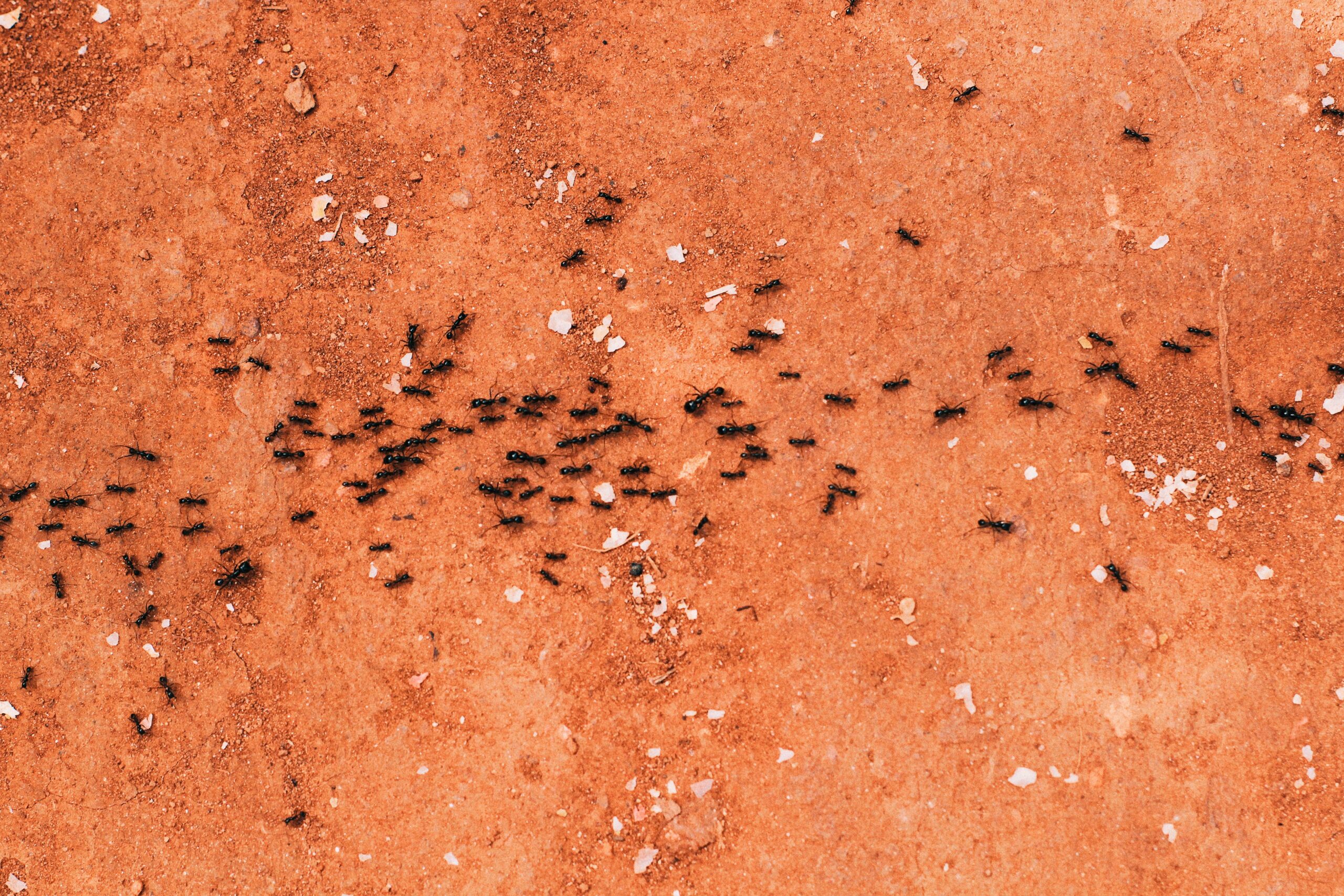
Acrobat Ants
Typically nest in locations where water damage has occurred. Workers like honeydew produced by aphids.
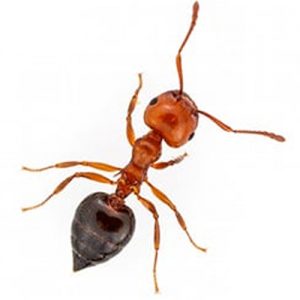
Carpenter Ants
They build nests inside wood consisting of galleries chewed out with their mandibles, preferably in dead, damp wood. However, unlike termites, they do not consume wood.
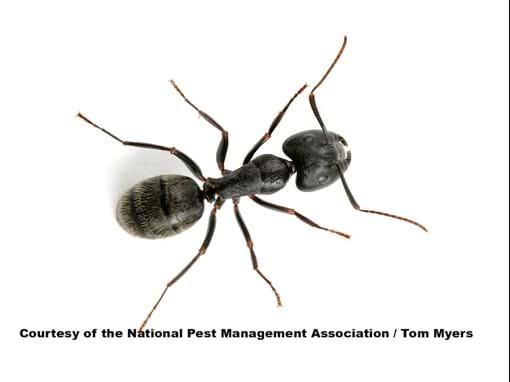
Pharaoh Ants
Aggressively looks for water. Spraying these ants with contact insecticides will cause the colony to bud and form new smaller colonies.
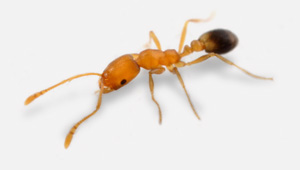
American Cockroaches
Live primarily outdoors, but it’s not uncommon to find them inside a structure.
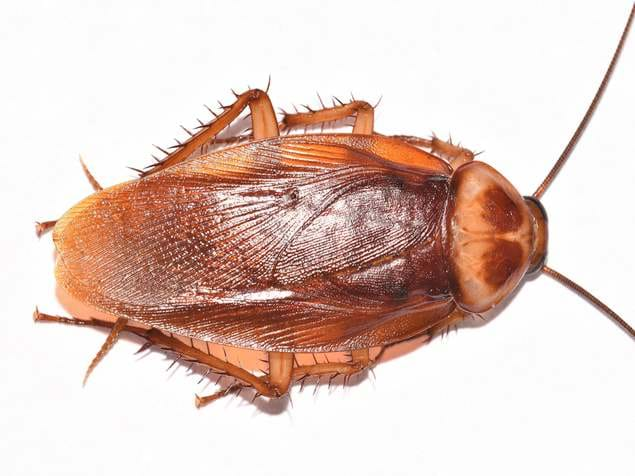
Centipedes
House centipedes feed on spiders, bed bugs, termites, cockroaches, silverfish, ants, and other household arthropods.
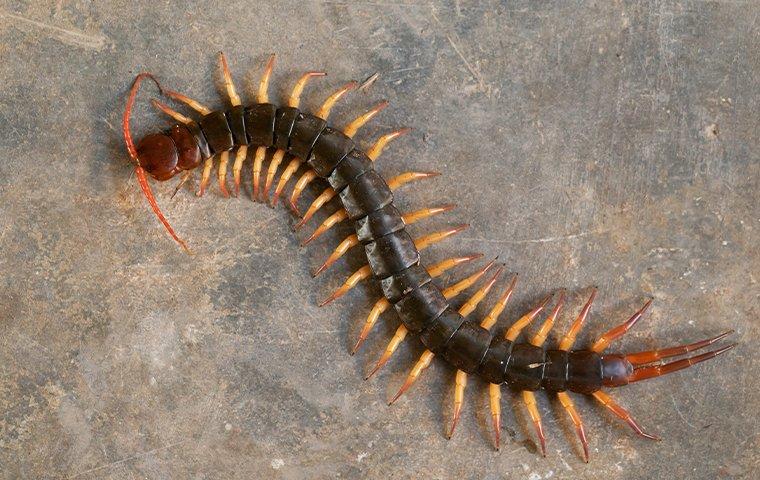
Crickets
Male house crickets make a calling song by rubbing a scraper on the inner edge of the left wing against the teeth of a file that is beneath the right wing. Native ground-dwelling crickets
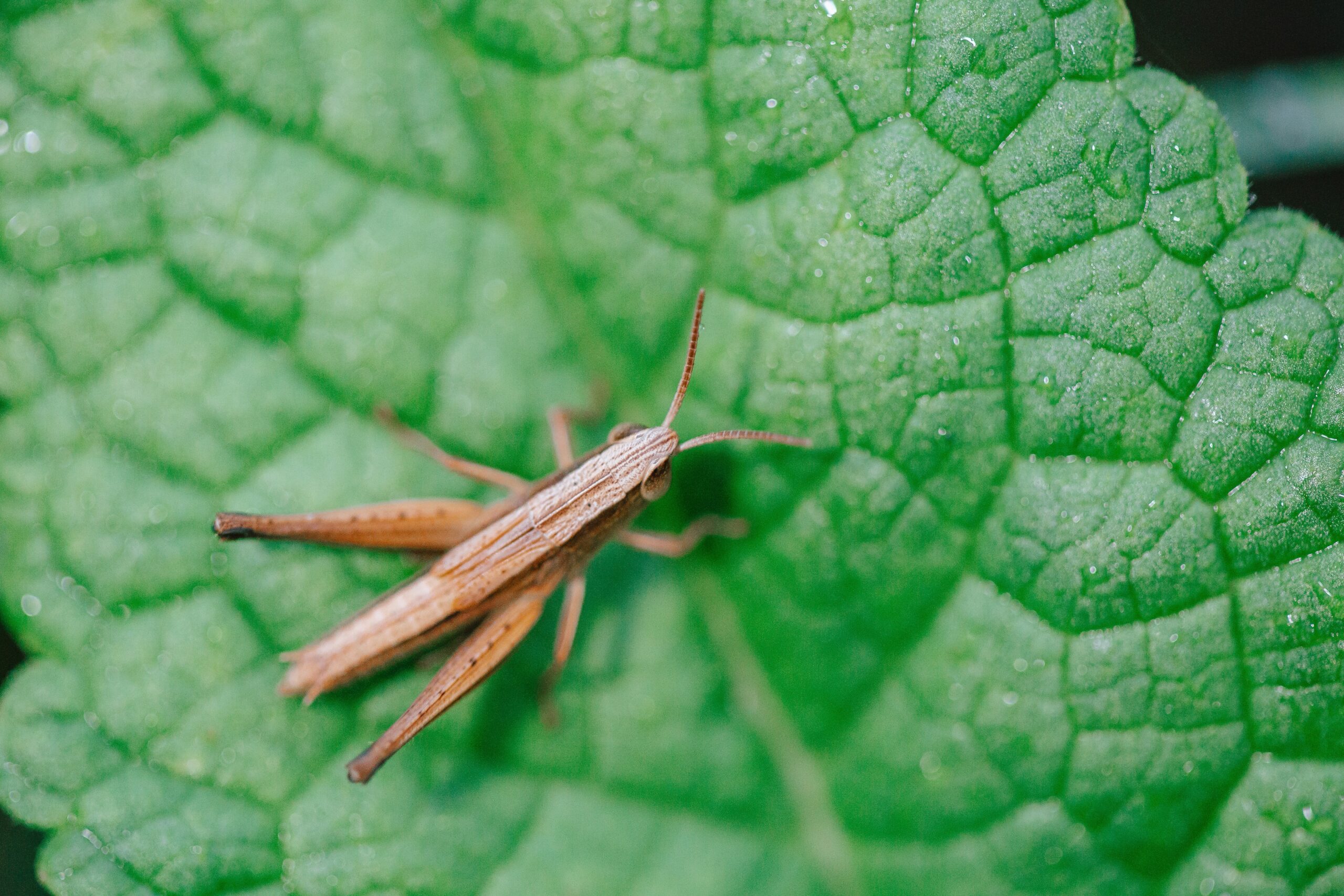
Earwigs
Earwigs are mostly nocturnal and often hide in small, moist crevices during the day, and are active at night, feeding on a wide variety of insects and plants. Lives about a foot down around the foundation. Excessive rain drives them up.
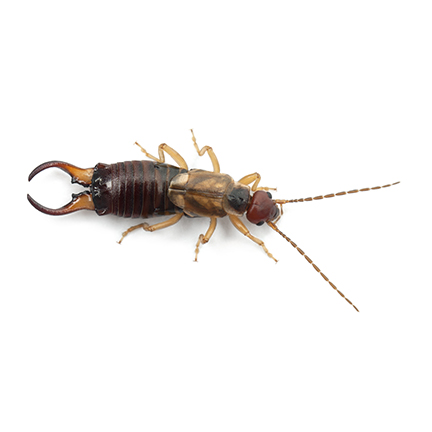
Drain Flies
Psychodidae, called drain flies. Some genera have short, hairy bodies and wings giving them a “furry” moth-like appearance
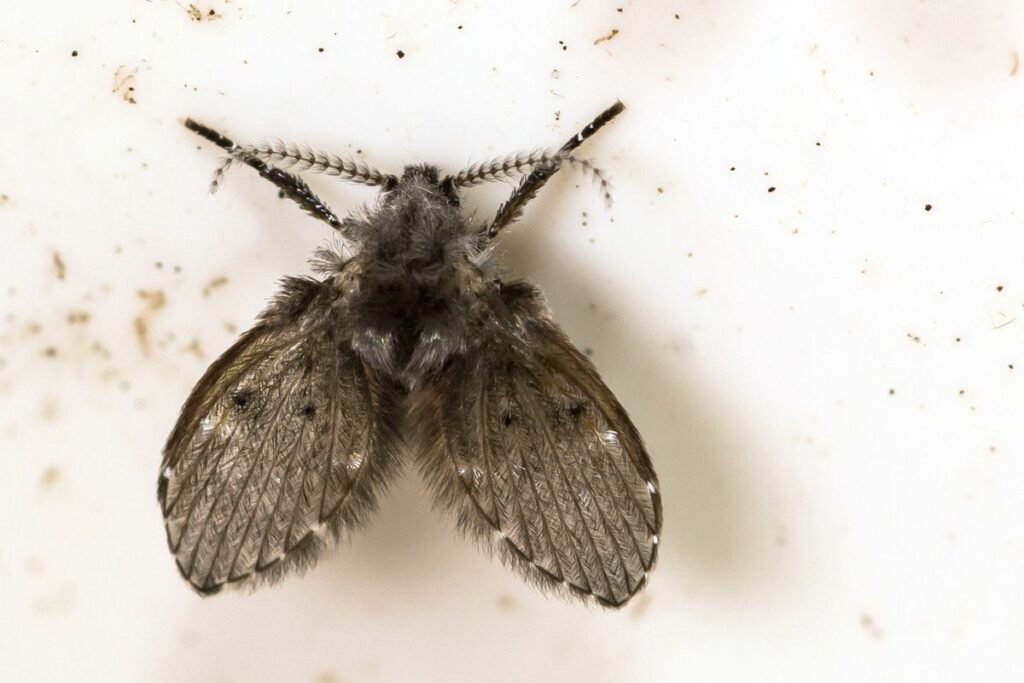
Silverfish
Keep and eye out for feeding marks, although they may be irregular (holes, notches along an edge, or surface etchings), yellow stains, scales, or tiny feces (tiny black-pepper-like pellets) may be seen in infested materials. They typically live in humid, moist areas of the home including basements, attics and bathrooms

Wolf Spider
They are unique in the way that they carry their eggs. The egg sac is attached to the spinnerets at the end of the abdomen, allowing the spider to carry her unhatched young with her.
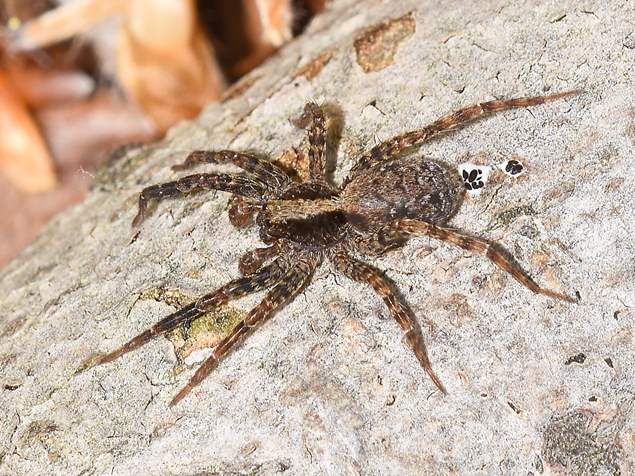
Black Widow
They are primarily solitary, with the exception of late spring when mating occurs. Female spiders can live up to three years. Males typically live for one or two months.
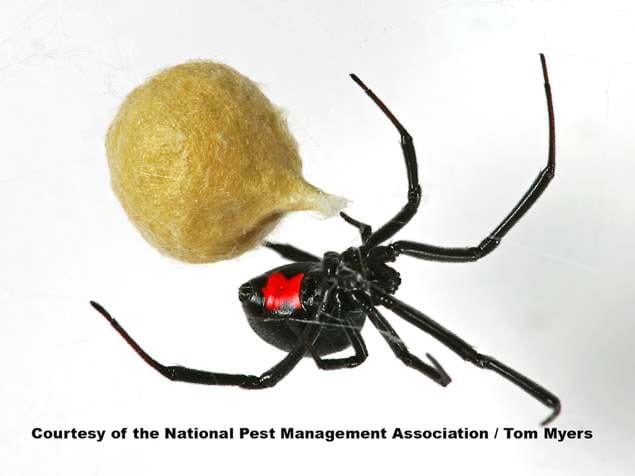
Helpful Tips
• Wipe down your kitchen counters with soap and water to keep ants from trailing in. Then give Troff a call!
• Having a neat and well groomed yard will deter many types of pests from settling outside your home, which could lead them to come inside at a later point.
• To avoid pests in your pantry, keep all containers tightly sealed at all times.
• Regularly treat your furry friends through a veterinarians office to reduce the risk of fleas in your home.
• Remember, for most common types of pests, sanitation and exclusion are the best first steps for a pest-free home.
